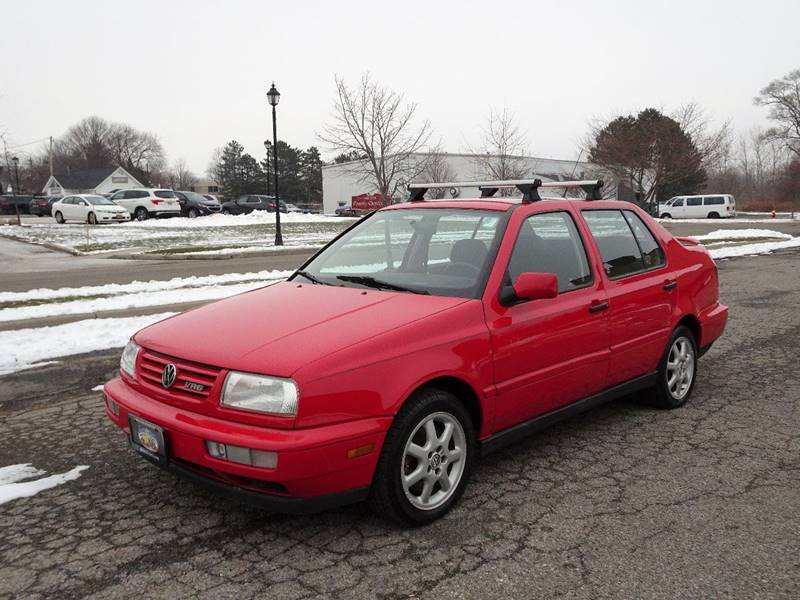While the last few VWs have been a bit strange in some way or other, each held a specific subset of people absolutely obsessed with them. The same does not seem to be true of today’s Mk.III Jetta GLX VR6, which is strange to me since it has the hallmarks of a potential collector.
Purists decried the arrival of the “grown up†A3 chassis Golf and Vento, sold as the Jetta in North America. It was expensive, it was heavy (relative to the A1 and A2 chassis, anyway) and the performance was dulled – that was, until the introduction of the GLX model that replaced the earlier GLi models. Now sporting the VR6 that had debuted in the Corrado a few years earlier, the GLX was all around a screamer. It might have been heavier than the GLi had been, but it was quicker to 60, quieter on the highway, more comfortable and better in crashes (if things went south), and returned close to the same fuel economy as the thirsty, buzzy and boxy 16V had. The Volkswagen Jetta III, as it was known in the US, was introduced at a time when US sales were at their lowest and it appeared as if VW was considering pulling out of the US market. This generation Jetta became the best selling Volkswagen by the time the production run ceased in 1999. It was insanely popular and seemed to be the defacto college car of choice for both men and women. Because of that, many of these Jettas fell into disrepair or were totaled, so it’s rare to find a lower mile and clean GLX these days:







